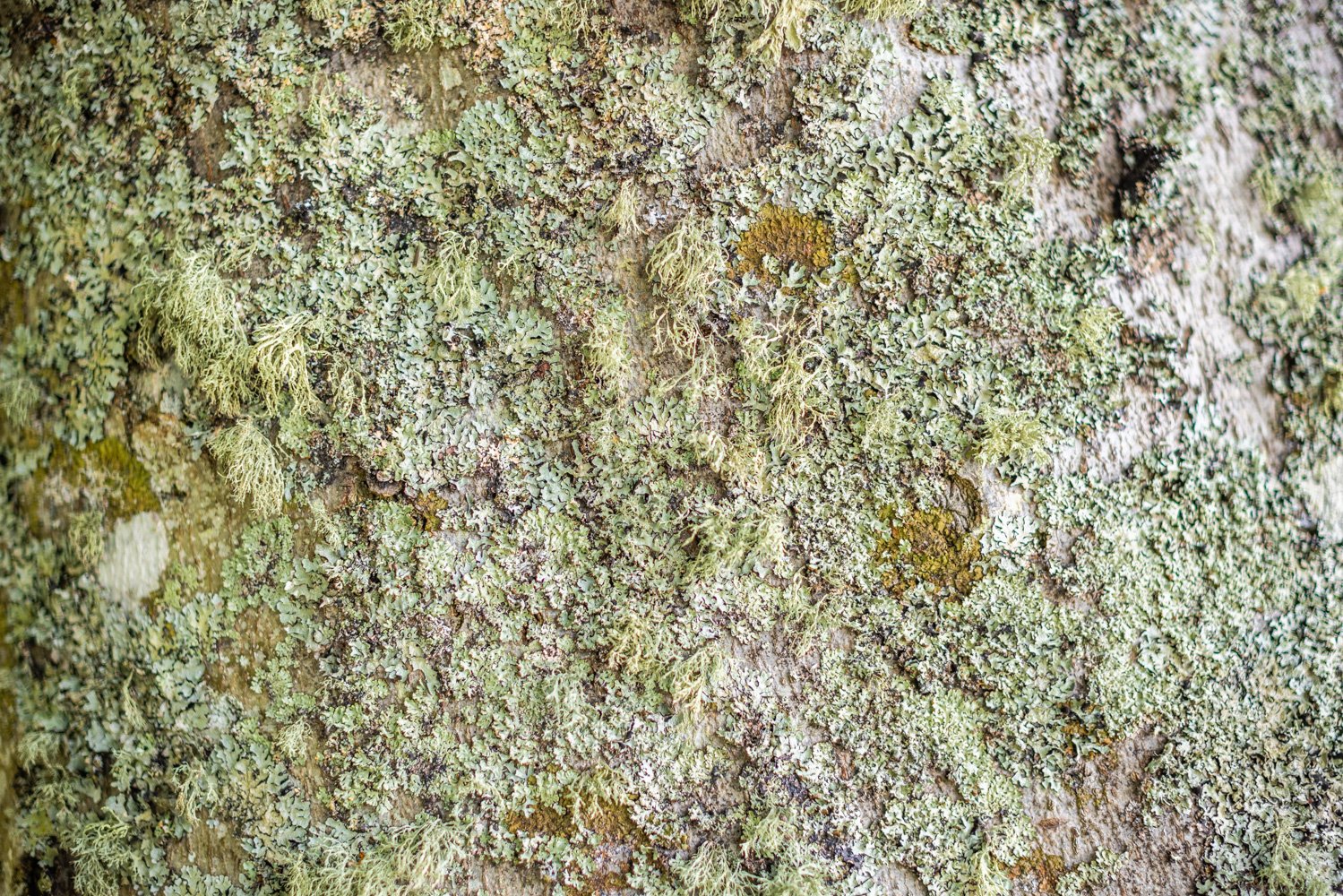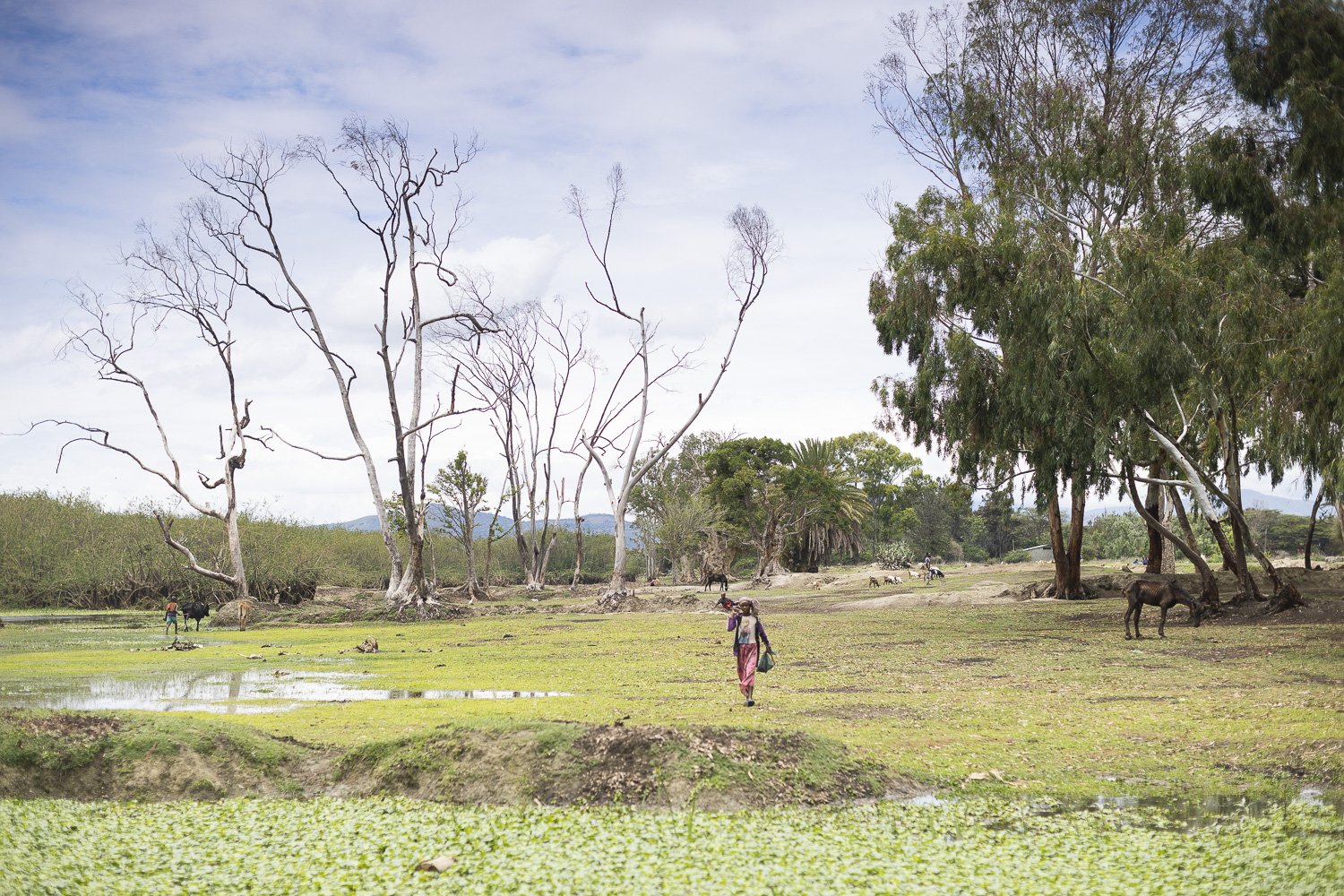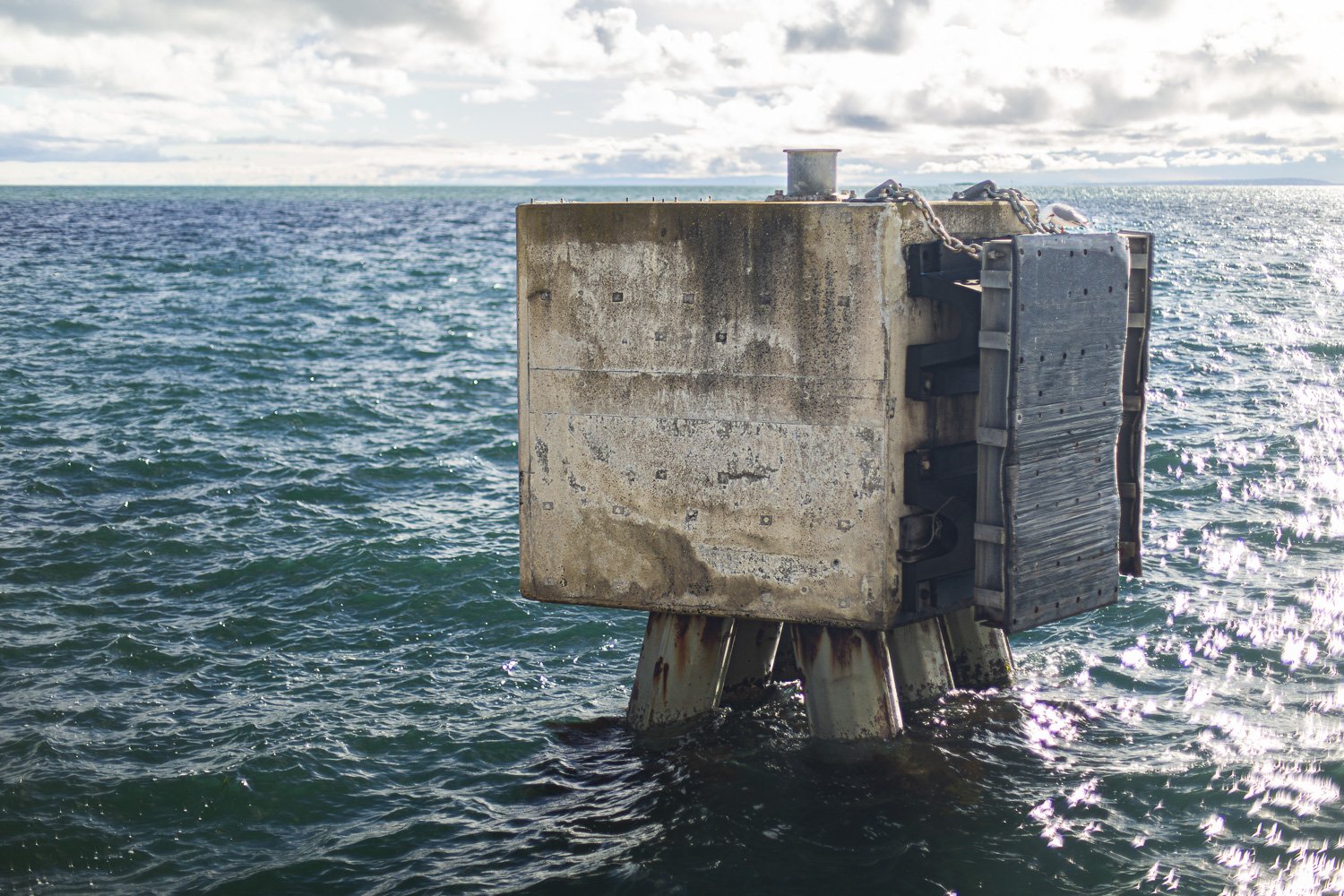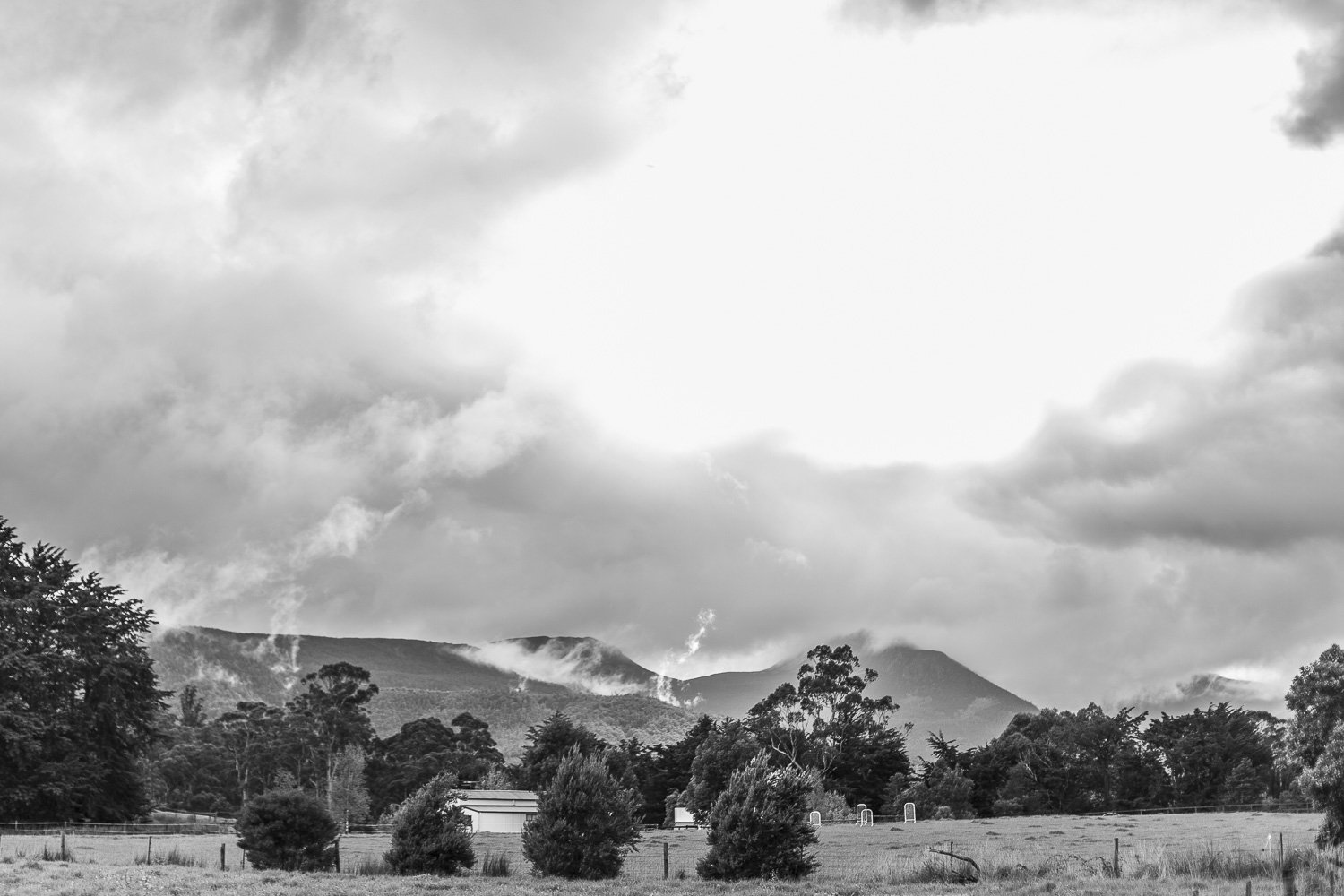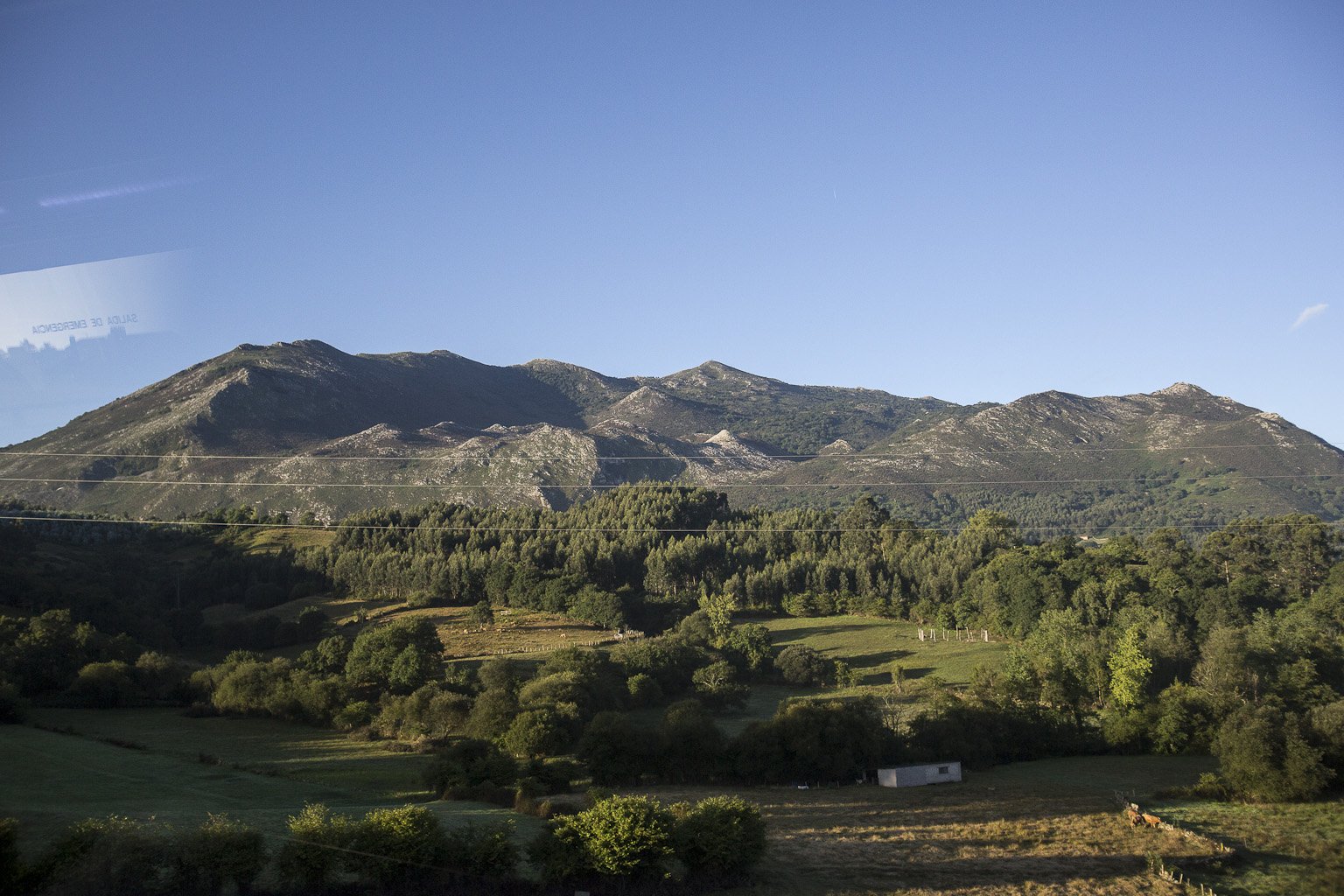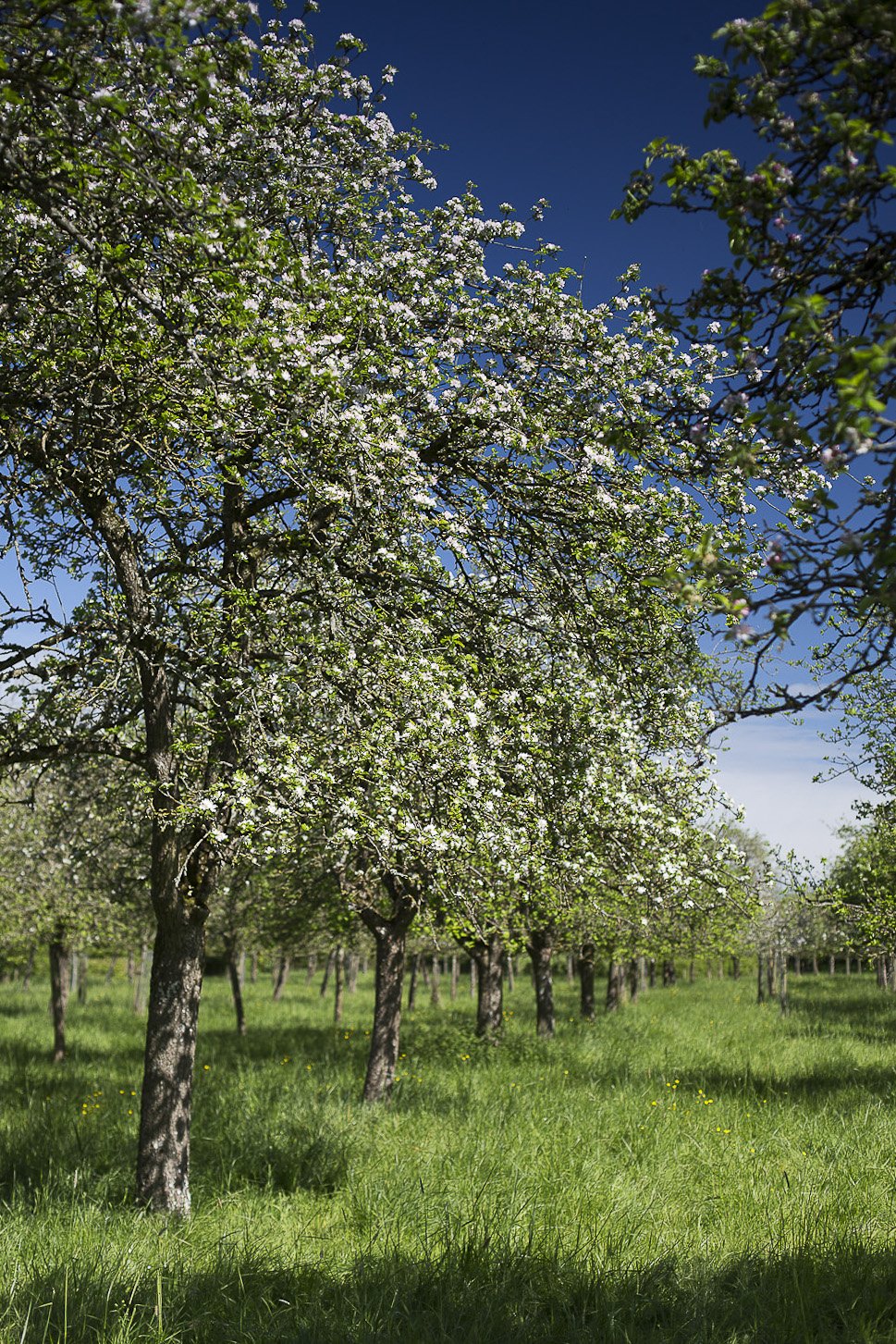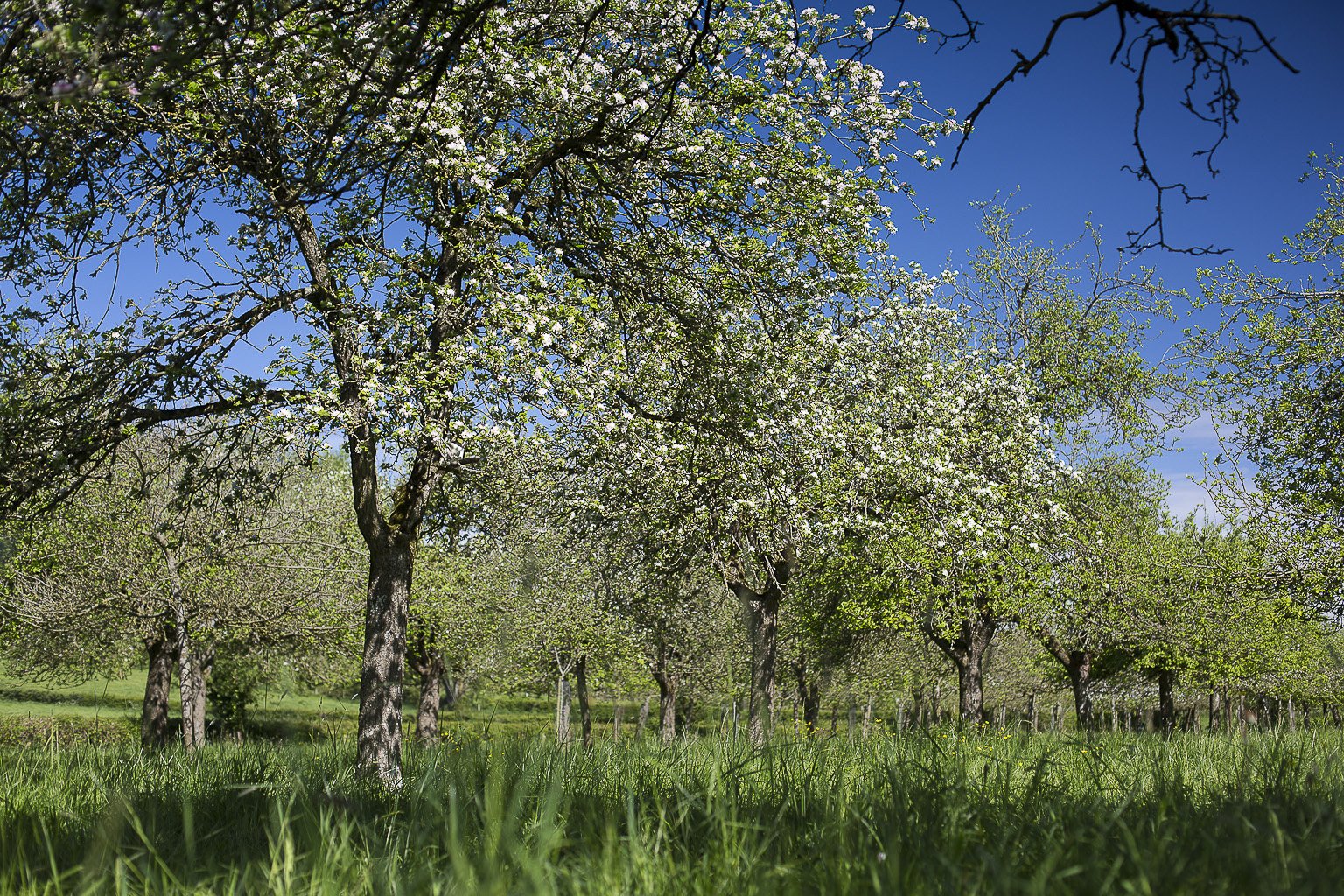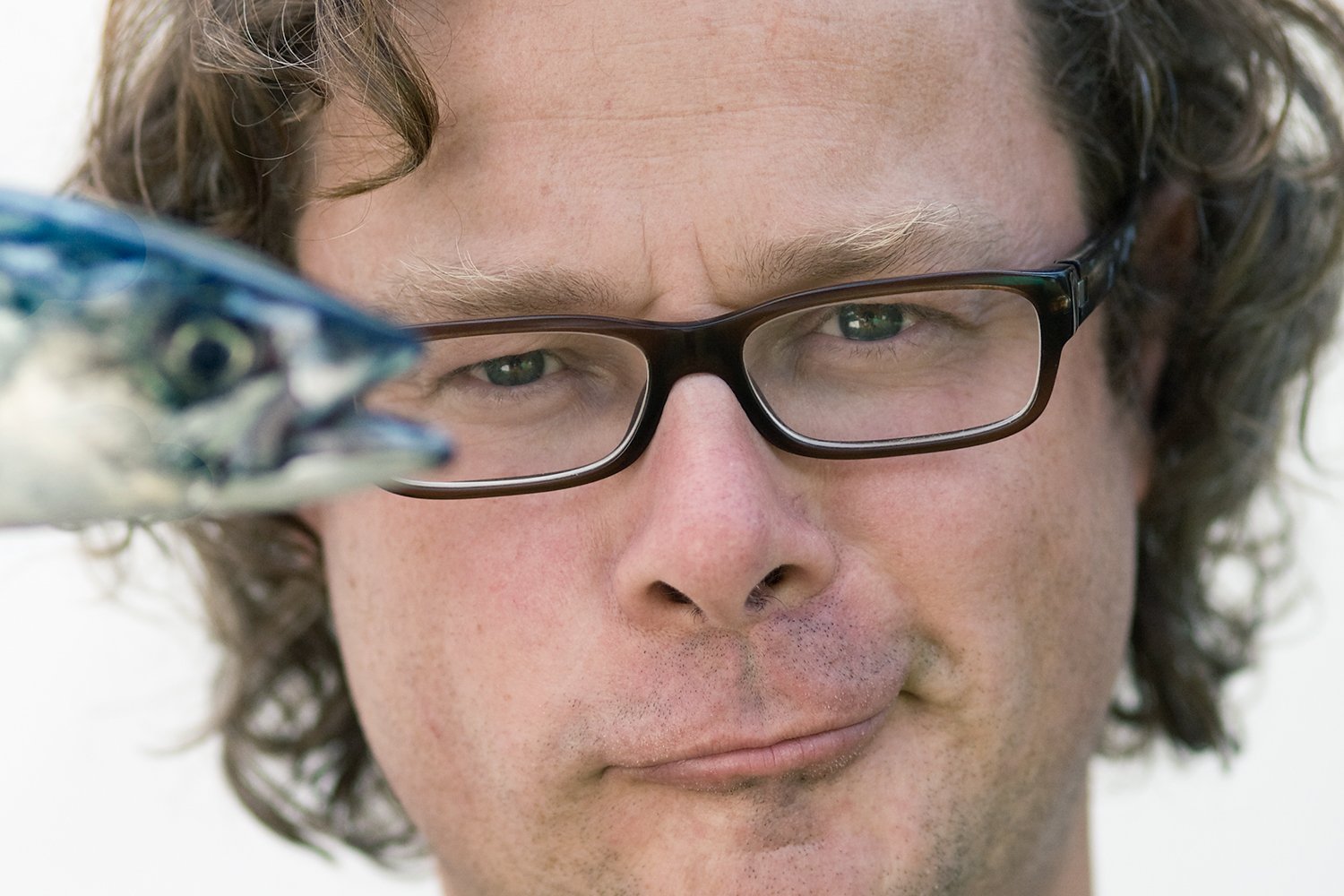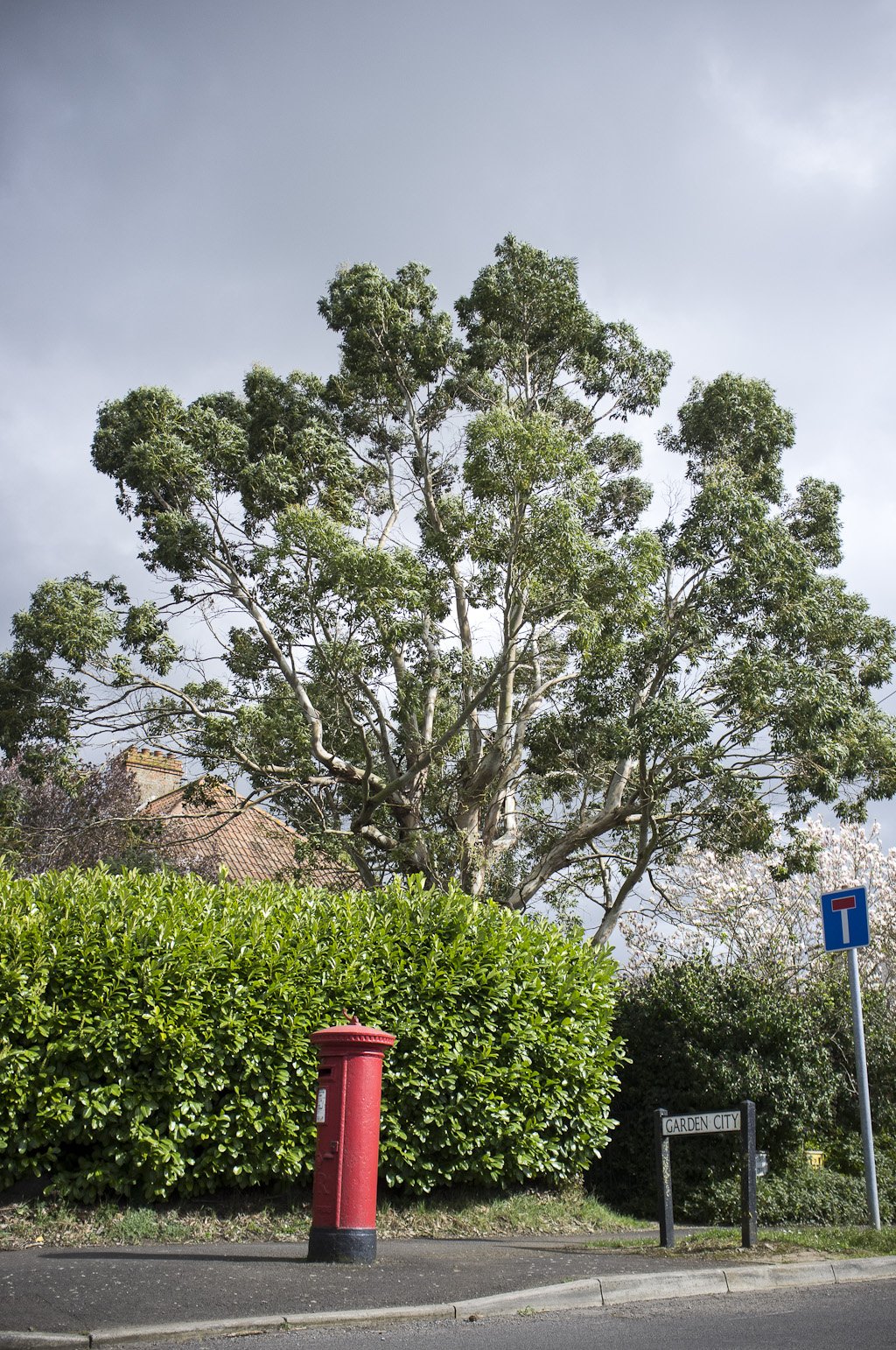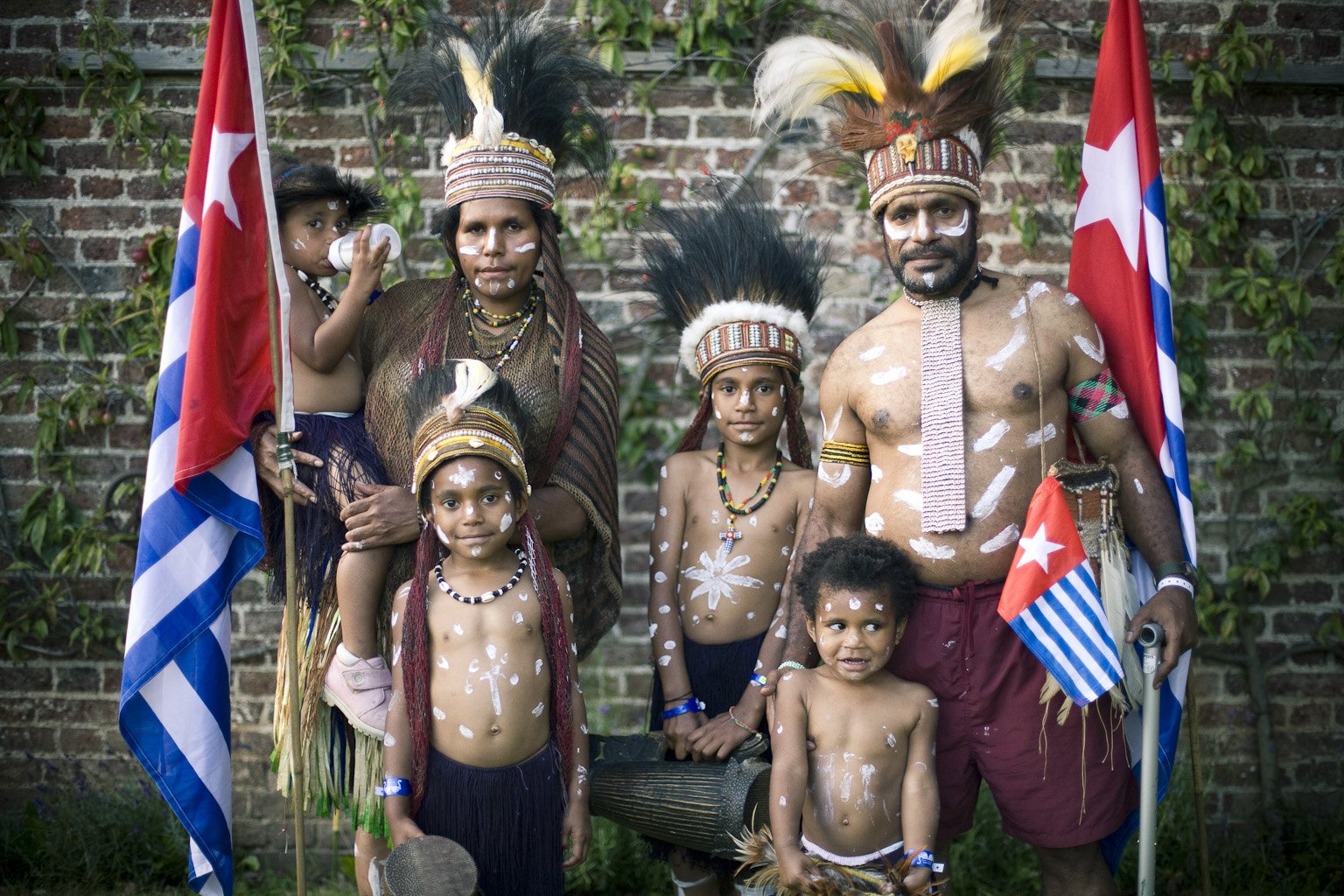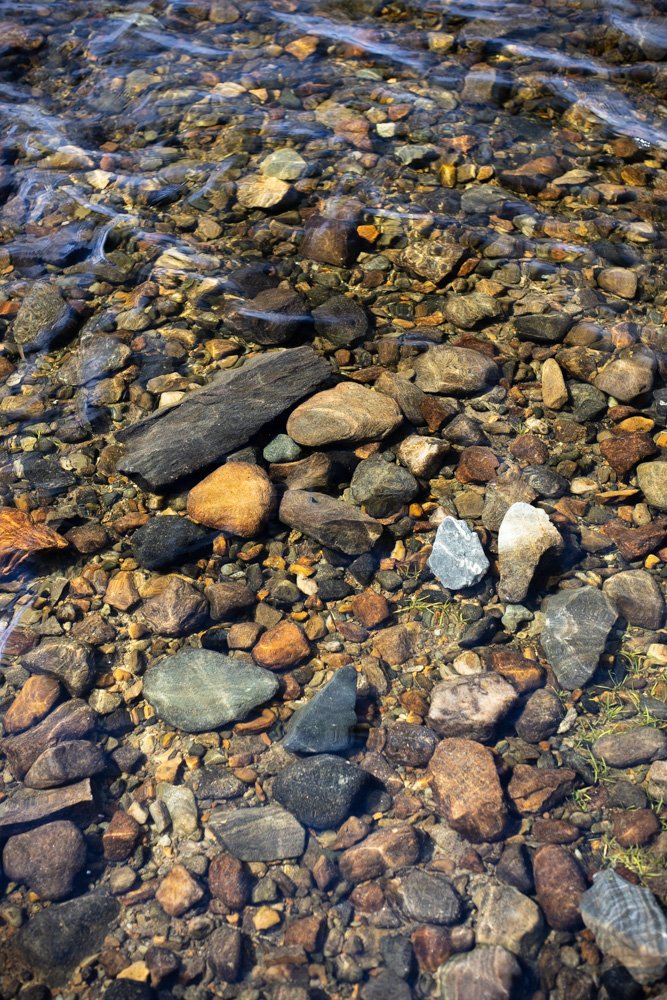
The best #conservation communication takes us on a journey…
“In an ideal world, we want people to be much more open to slightly wilder landscapes because we’d be fixing so many biodiversity issues that we try and fix with little band-aid solutions… we need to let a little a bit more chaos into the landscape.”
Sacha Dench, Biologist
Whatever it is, the way you tell your story makes all the difference.
When we consider conservation we tend to visualise in terms of biodiversity, eco-systems, plants and animals but the true heart of conservation, of course, is people. Whilst its the many scientists, nature lovers and volunteers work to understand and fix the problems our natural world faces, their efforts need communicating with a different set of people - their audience.
Effective communications are inclusive and inspiring -highlighting the important work done by charities, trusts, environmental groups and no small amount of volunteers, to help bring about positive change. Positive messaging can be difficult given the issues the environment faces but is important if the wider public and media are to remain informed and engaged. The sad reality is, humanity has largely forgotten how to share the landscape with nature - particularly when we consider long lost species and the value of given them space. Large herbivores such as Bison or more challenging species such as Bears, or even predators like Lynx and wolves were commonplace once and each played their part balancing nature - at least until their needs interfered with ours.
Nature, the environment and restoration projects need to be reintroduced to us as everyday, core components of our society. Educating ourselves about the myriad issues and latest work conservationists are doing to improve things, and most importantly - about how we can improve our own habits, is vital. The environment is our life support system - literally the air we breathe, food we eat, water we drink, yet many of us consider it a secondary priority in our lives. if we stop and think about it, it doesn’t make sense - but we don’t.
Marketing the amazing work amazing people are doing is vital and is as much a responsibility as the research, surveys, physical management and other specialisms that make up this work. In our digital age, its storytelling that works bets to do this: strong imagery can grabs peoples attention, helps them understand and communicates those important messages than ever before.


